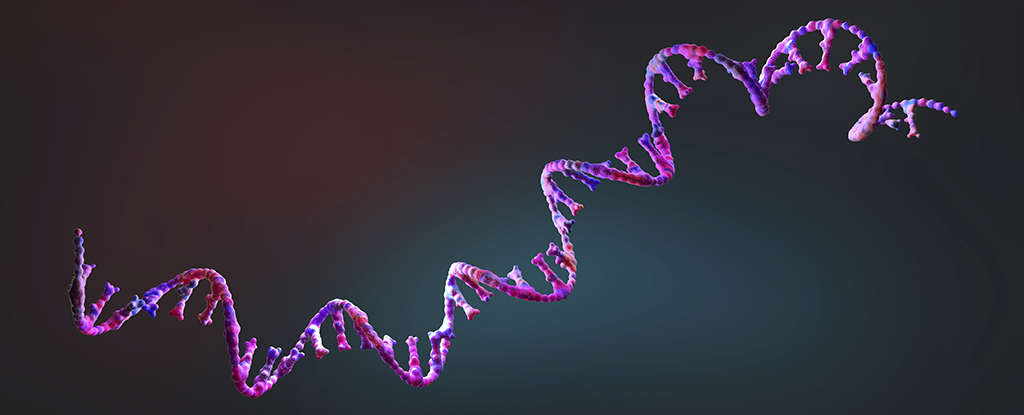Highly reactive complex molecules finding some sort of stability was a necessary step towards life getting started on Earth. Scientists think they’ve just discovered how these first began to stay intact and spark the journey towards organisms.
We haven’t been able to explain how the simple molecules that would’ve been floating around in the primordial waters of early Earth eventually latched on to each other long enough to form something as complex as RNA (ribonucleic acid).
So researchers in Germany created conditions to match ancient Earth in their laboratory. They focused on RNA-like units, synthetic chemical components capable of combining with each other in different combinations to create evolving strings of ‘information’, just like our own genetic material.
“We know which molecules existed on the early Earth,” says chemist Job Boekhoven, from the Technical University of Munich. “The question is: can we use this to replicate the origins of life in the lab?”
When exposed to a ‘fuel’ of high-energy molecules, the synthesized RNA-like units joined up and broke down constantly in various configurations and scenarios. By themselves, they did not remain connected for very long.
What ultimately made the difference to molecule stabilization in the experiments was the introduction of additional short strands of preformed DNA (deoxyribonucleic acid) ‘templates’. This enabled more complex molecules to form more often and also last longer, pairing up with the template to create more stable double-stranded molecules.
“The exciting part is that double strands lead to RNA folding, which can make the RNA catalytically active,” says Boekhoven.
With the preformed DNA added, the researchers noticed something approaching natural selection, which could explain how simple molecules were plucked out of the ooze and chosen to start the beginnings of life: structures that can move, sustain themselves, self-replicate, and adapt to their environment.
Incredibly, the researchers then showed that once the template copying process started to take place it could change the properties of the membrane around them.
The next question is how these DNA templates or strands might have come into being. That’s a topic for a future study, but the researchers are investigating several ideas about how this structure for self-assembly could have appeared.
“We’re currently exploring whether it’s possible for RNAs to form their own complementary strand,” Boekhoven says.
The origin of life remains a fascinating topic of study for scientists. It involves a lot of stages, and there are multiple hypotheses for each step, including the processes that may have led to the formation of complex molecules.
This latest research adds to what has been discovered in earlier studies, about the way RNA might have been able to replicate and add complexity on its own, and the role that DNA might have played too.
It’s another reminder of the power and potential of modern-day scientific methods, through which we can approximately simulate conditions from billions of years ago – and speed up the processes that would’ve been happening then.
“We didn’t have millions of years available and wanted an answer quickly,” says Boekhoven.
The research has been published in Nature Chemistry.





